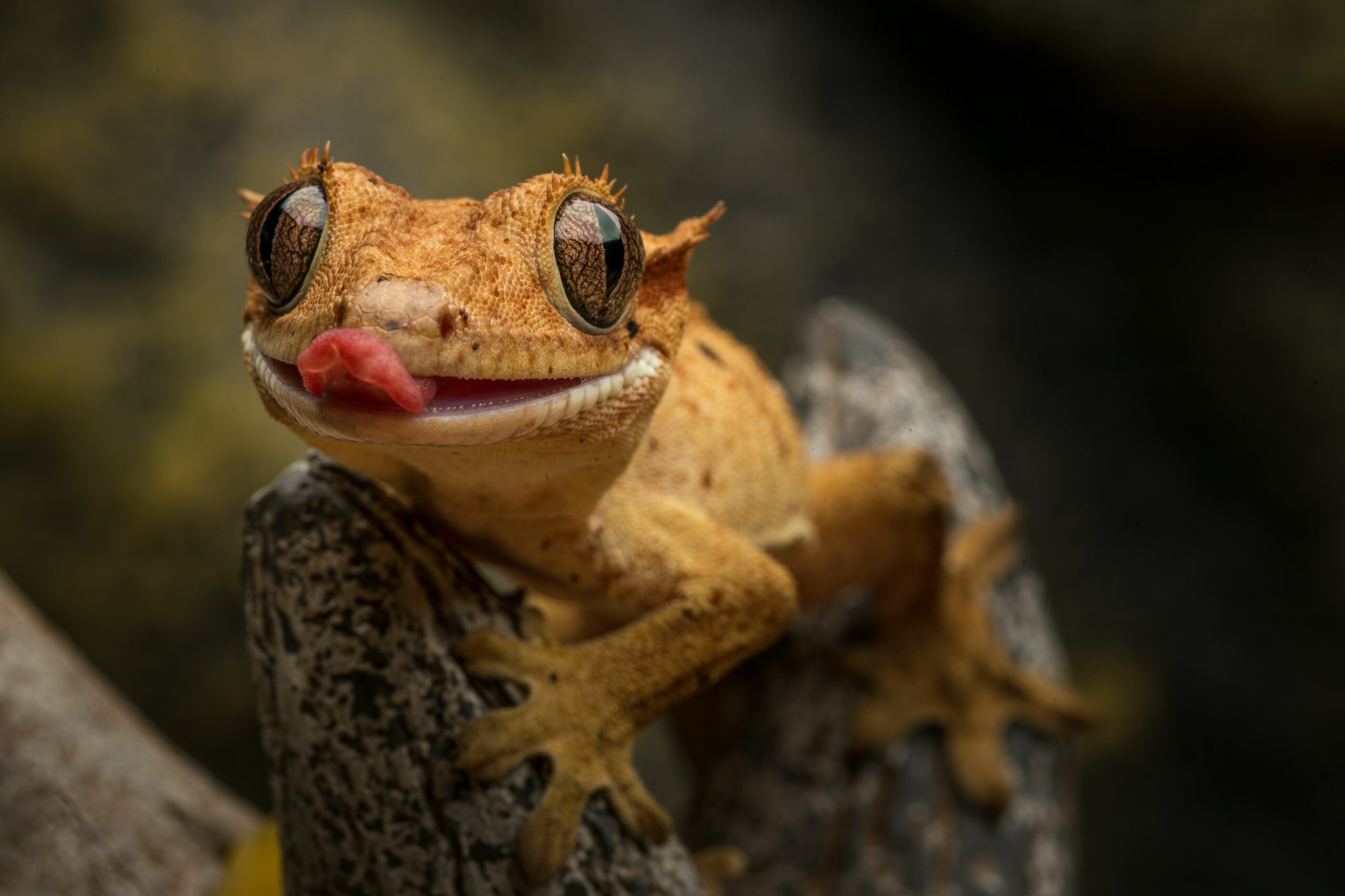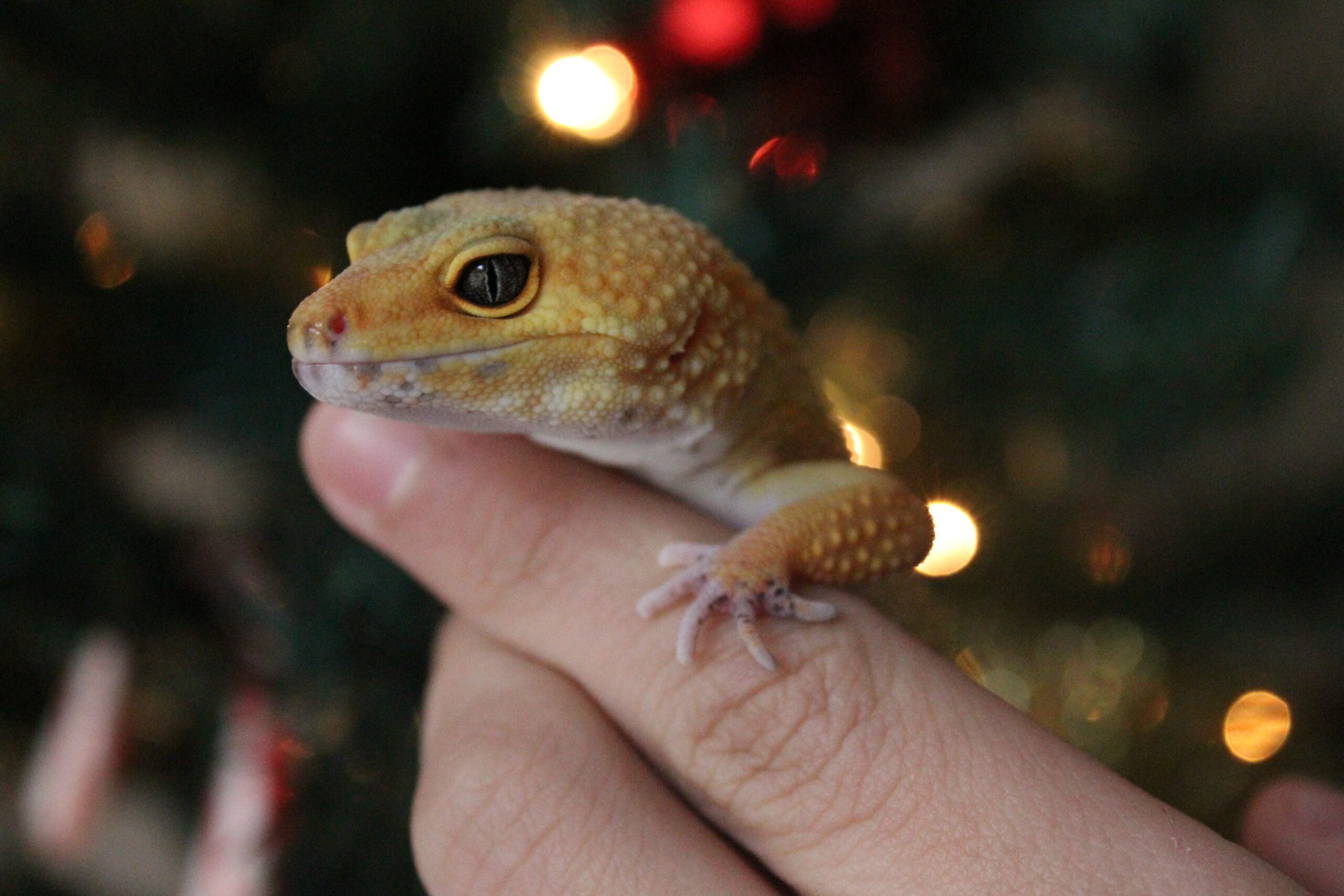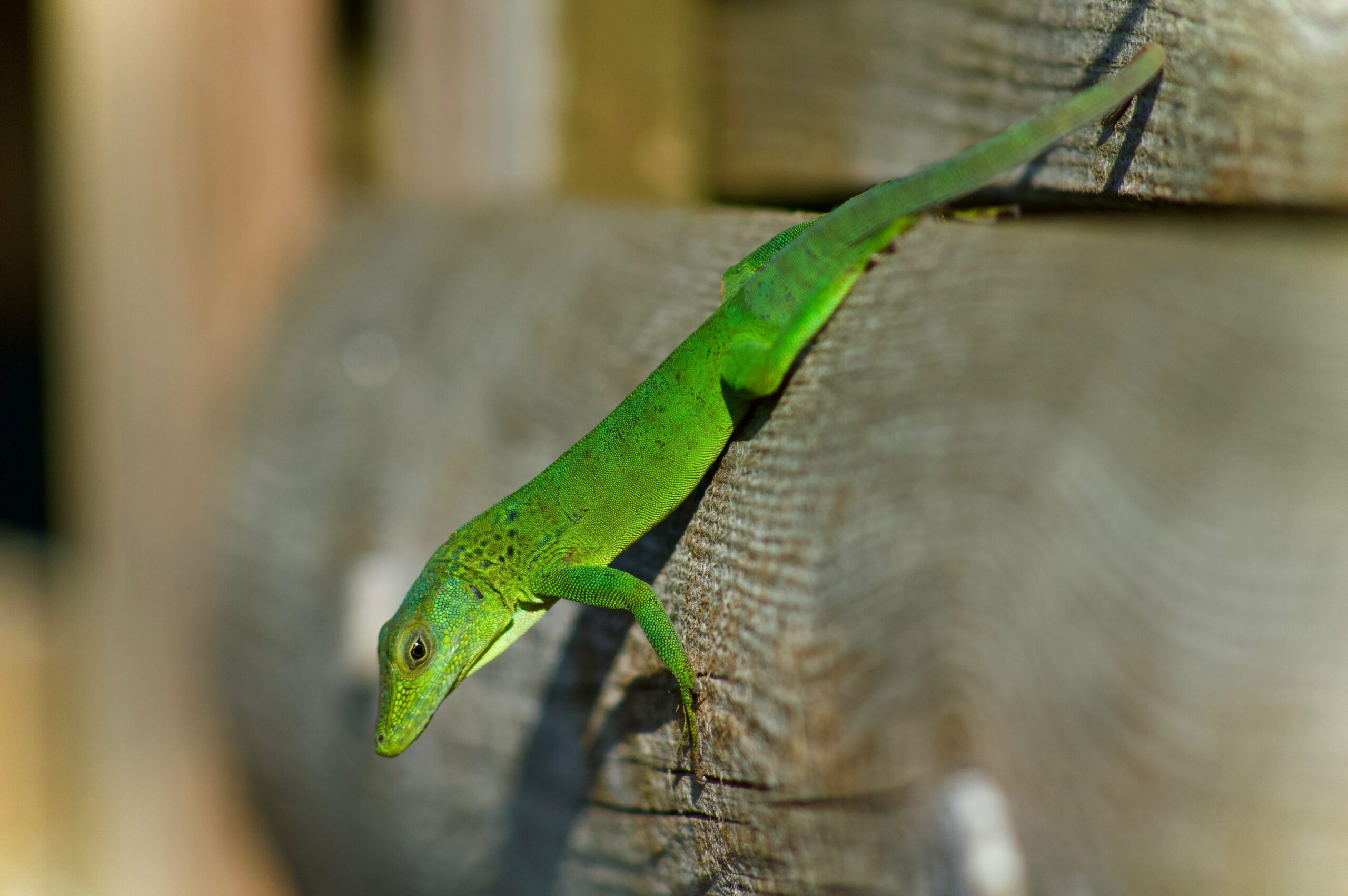Are you considering adding a pet lizard to your family? Lizards make fascinating and unique companions, but as a beginner, it’s essential to choose a species that is easy to care for and suitable for your lifestyle.
In this comprehensive guide, we will introduce you to the top five pet lizards that are perfect for beginners. Whether you’re a reptile enthusiast or someone who wants a low-maintenance reptilian friend, this article will provide valuable insights and essential information to help you make an informed decision.
Let’s embark on this exciting reptile journey together!
Are pet lizards suitable for beginners?
Lizards can make fantastic pets, even for beginners, but it’s crucial to understand the responsibilities and commitments that come with owning one. Before bringing a pet lizard home, it’s essential to consider factors such as habitat requirements, dietary needs, and handling preferences.
While some lizards may require more advanced care, several species are well-suited for beginners due to their easy-going nature and low-maintenance requirements.
Which pet lizards require minimal maintenance?

When it comes to choosing a pet lizard, some species require less maintenance than others. For beginners seeking a lizard that thrives with minimal care, Leopard Geckos are an excellent choice.
These small and docile lizards are relatively easy to care for and do not require any special lighting or heating setups. Another low-maintenance option is the Crested Gecko, known for its unique appearance and ability to thrive in moderate temperature and humidity levels.
Both of these species can be great companions for beginners who want a reptile that demands less maintenance.
What are the top five beginner-friendly pet lizards?
If you’re a beginner looking to bring a pet lizard into your life, it’s essential to choose a species that is beginner-friendly and easy to care for. Here are the top five beginner-friendly pet lizards:
-
Leopard Gecko: This small lizard is known for its gentle nature and ease of care. Leopard Geckos are ideal for beginners due to their docile temperament, low maintenance requirements, and the ability to live comfortably in a smaller enclosure.
-
Crested Geckos: With their striking appearance and charming personality, Crested Geckos are popular among reptile enthusiasts. They are relatively low-maintenance, making them an excellent choice for beginners looking for an eye-catching pet lizard.
-
Bearded Dragon: Known for their friendly demeanor and unique appearance, Bearded Dragons are one of the most popular pet lizard species. They are relatively easy to care for, making them suitable for beginners willing to invest a little more time and effort into their reptile companion.
-
Anoles: Anoles are small, agile lizards that are easy to handle and maintain. They are an excellent choice for beginners seeking an interactive and visually appealing pet lizard.
-
Blue-Tongued Skink: With their distinctive blue tongues and calm temperament, Blue-Tongued Skinks are fascinating pet lizards. While they require slightly more advanced care than some other beginner-friendly species, they can be an excellent choice for those willing to take on a bit more responsibility.
How to choose the right pet lizard for your lifestyle?
Choosing the right pet lizard for your lifestyle requires careful consideration of various factors. Firstly, assess the time you can dedicate to your pet lizard’s care. Some species may require more interaction and handling than others.
Secondly, consider the available space in your home for an enclosure. Larger lizards will need more spacious habitats. Additionally, think about your commitment level and willingness to invest time and effort into your pet lizard’s well-being.
Research the specific care requirements, including temperature, humidity, diet, and potential health concerns, of different lizard species before making a decision.
What are the key considerations when caring for pet lizards?
Caring for pet lizards requires attention to several crucial aspects to ensure their health and well-being. Some key considerations include providing a proper habitat with appropriate temperature and humidity levels, offering a balanced diet consisting of live insects, vegetables, and fruits, maintaining a regular cleaning schedule, and monitoring their overall health through observation and periodic check-ups with a reptile veterinarian.
Understanding these considerations will help you create a suitable environment for your pet lizard and establish a strong foundation for their care.
| Consideration | Description | Importance |
|---|---|---|
| Temperature | Pet lizards require specific temperature ranges to maintain their health and digestion. | Crucial |
| Humidity | Some lizard species need higher humidity levels in their enclosure to support proper shedding and hydration. | Essential |
| Diet | Lizards have specific dietary needs, including a combination of live insects, vegetables, and fruits. | Vital |
| Lighting | Providing the right lighting, including UVB rays, ensures lizards can metabolize calcium and maintain overall health. | Crucial |
| Enclosure Size | The size of the enclosure should be appropriate for the specific lizard species, allowing for natural behaviors and movement. | Important |
Can pet lizards be handled easily?
While the handling experience can vary depending on the lizard species and individual temperament, many pet lizards can be handled with proper care and gradual acclimation. It’s important to remember that reptiles, including lizards, have different needs and preferences compared to traditional pets like cats or dogs.
Some lizards, such as Leopard Geckos and Anoles, may tolerate handling better than others, while certain species may prefer to be observed rather than held. Always approach handling with patience, gentleness, and respect for the lizard’s comfort level.
What is the ideal habitat for pet lizards?
Creating an ideal habitat for your pet lizard is crucial for their health and well-being. Each lizard species has specific habitat requirements, including temperature, humidity, lighting, and enclosure size.
For example, Leopard Geckos thrive in a relatively small enclosure with a warm hide, a cool hide, and an under-tank heating pad to maintain proper temperature gradients. Crested Geckos, on the other hand, require a taller enclosure with live plants, misting for humidity, and a UVB light source.
Researching and replicating the natural habitat of your chosen lizard species is essential to their long-term care.
How to provide proper nutrition for your pet lizard?

Proper nutrition is vital for the health and vitality of pet lizards. Most lizard species are insectivores, meaning their diet primarily consists of live insects like crickets, mealworms, and dubia roaches. It’s important to provide a varied diet to ensure they receive the necessary nutrients.
Additionally, some lizard species, such as Bearded Dragons, also benefit from a mix of vegetables and fruits. Always ensure that the food provided is appropriate in size and nutritional content for your specific lizard species, and consider consulting a reptile veterinarian for dietary recommendations.
Are there any health concerns to be aware of with pet lizards?
Like any living creature, pet lizards can face health concerns that require attention and care. Some common health issues in lizards include metabolic bone disease, respiratory infections, parasites, and nutritional deficiencies.
Regular observation, maintaining proper husbandry conditions, and scheduling regular check-ups with a reptile veterinarian is essential for preventing and addressing health issues. Being proactive in your lizard’s health care will help ensure they live a long and healthy life as your beloved companion.
Do pet lizards need special lighting and heating?
Proper lighting and heating are crucial components of creating a suitable environment for pet lizards. Many lizard species require access to UVB lighting to metabolize calcium and maintain overall health.
Additionally, providing a heat source, such as heat lamps or heating pads, helps establish the necessary temperature gradients within the enclosure. It’s essential to research the specific lighting and heating requirements of your chosen lizard species and invest in appropriate equipment to meet their needs.
How to create a comfortable and safe enclosure for your pet lizard?
Creating a comfortable and safe enclosure for your pet lizard is vital for their well-being. Start by selecting an appropriately sized enclosure that allows your lizard to move, climb, and explore. Provide hiding spots, climbing branches, and substrates that mimic their natural habitat.
Ensure that the enclosure is escape-proof and free from any potential hazards or toxic materials. Regularly clean and disinfect the enclosure to maintain a hygienic environment. A comfortable and secure enclosure will promote your lizard’s physical and mental health.
Are there any legal restrictions on owning pet lizards?
Before bringing a pet lizard into your home, it’s essential to be aware of any legal restrictions or permits required in your jurisdiction. While many species of pet lizards are readily available, some may be protected under wildlife conservation laws or subject to specific regulations. Research the laws and regulations specific to your location and verify that owning a pet lizard is allowed before making a purchase or adoption.
What are the costs associated with owning a pet lizard?
Owning a pet lizard entails various costs, including the initial setup expenses and ongoing maintenance. The cost of a pet lizard can vary depending on the species and where you acquire it.
Additionally, you’ll need to consider the cost of a suitable enclosure, lighting and heating equipment, food, bedding, and regular veterinary care. It’s important to budget accordingly and be prepared for these expenses to provide the best possible care for your pet lizard.
Can pet lizards be kept in groups or pairs?
The social dynamics and suitability for group or pair housing can vary among lizard species. Some lizards, like Leopard Geckos, are solitary animals and prefer to live alone.
Others, such as certain Anole species, may tolerate living in small groups. It’s crucial to research the specific social needs of your chosen lizard species before considering group or pair housing. Additionally, always provide ample space and resources to minimize potential conflicts and stress among cohabiting lizards.
What are some common myths about pet lizards?

There are several myths and misconceptions surrounding pet lizards that may lead to misunderstandings or improper care. One common myth is that all lizards can regrow their tails. While some lizard species can regenerate lost tails, it’s not a universal trait.
Another misconception is that lizards do not require veterinary care. Regular check-ups with a reptile veterinarian are essential for preventive care and early detection of any health issues. It’s important to do thorough research and rely on reliable sources of information to separate fact from fiction when it comes to pet lizard care.
Wrapping Up
Owning a pet lizard can be a rewarding and exciting experience, especially for beginners. By choosing the right species and providing proper care, you can create a thriving environment for your reptilian companion.
The top five beginner-friendly pet lizards, including Leopard Geckos, Crested Geckos, Bearded Dragons, Anoles, and Blue-Tongued Skinks, offer unique characteristics and varying levels of care requirements. Remember to consider factors such as your lifestyle, available space, and commitment level when selecting a pet lizard.
By understanding their habitat needs, nutrition requirements, and health considerations, you can ensure a happy and healthy life for your new scaly friend. So, embark on this reptilian adventure and enjoy the remarkable world of pet lizards!




